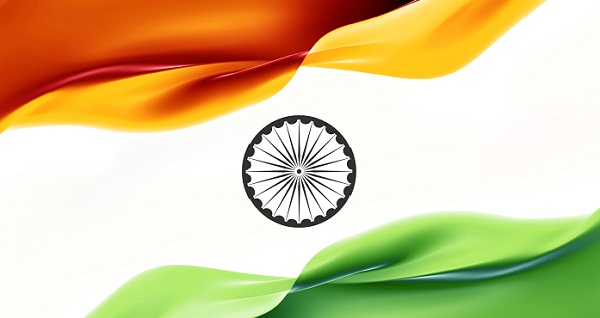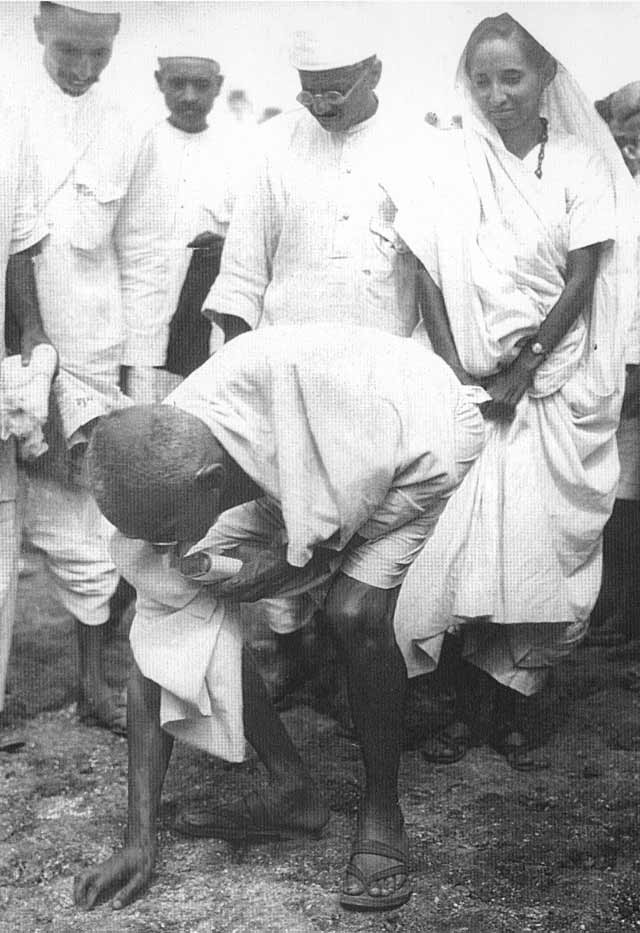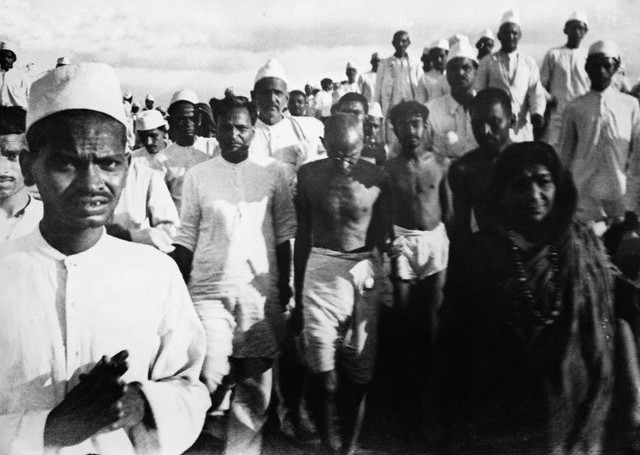The Dandi March, also known as the Salt Satyagraha, began on 12 March 1930 and was an important part of the Indian independence movement.
It was a direct action campaign of tax resistance and nonviolent protest against the British salt monopoly in colonial India, and triggered the wider Civil Disobedience Movement.
This was the most significant organised challenge to British authority since the Non-cooperation movement of 1920–22, and directly followed the Purna Swaraj declaration of independence by the Indian National Congress on 26 January 1930.
Mohandas Karamchand Gandhi (commonly known as Mahatma Gandhi) led the Dandi march from his base, Sabarmati Ashram near Ahmedabad, to the coastal village of Dandi, located at a small town called Navsari, in the state of Gujarat.
As he continued on this 24-day, 240-mile (390 km) march to Dandi to produce salt without paying the tax, growing numbers of Indians joined him along the way.
When Gandhi broke the salt laws at 6:30 am on 6 April 1930, it sparked large scale acts of civil disobedience against the British Raj salt laws by millions of Indians.
The campaign had a significant effect on changing world and British attitude towards Indian independence and caused large numbers of Indians to join the fight for the first time.
It was a direct action campaign of tax resistance and nonviolent protest against the British salt monopoly in colonial India, and triggered the wider Civil Disobedience Movement.
This was the most significant organised challenge to British authority since the Non-cooperation movement of 1920–22, and directly followed the Purna Swaraj declaration of independence by the Indian National Congress on 26 January 1930.
Mohandas Karamchand Gandhi (commonly known as Mahatma Gandhi) led the Dandi march from his base, Sabarmati Ashram near Ahmedabad, to the coastal village of Dandi, located at a small town called Navsari, in the state of Gujarat.
As he continued on this 24-day, 240-mile (390 km) march to Dandi to produce salt without paying the tax, growing numbers of Indians joined him along the way.
When Gandhi broke the salt laws at 6:30 am on 6 April 1930, it sparked large scale acts of civil disobedience against the British Raj salt laws by millions of Indians.
The campaign had a significant effect on changing world and British attitude towards Indian independence and caused large numbers of Indians to join the fight for the first time.






0 comments:
Post a Comment